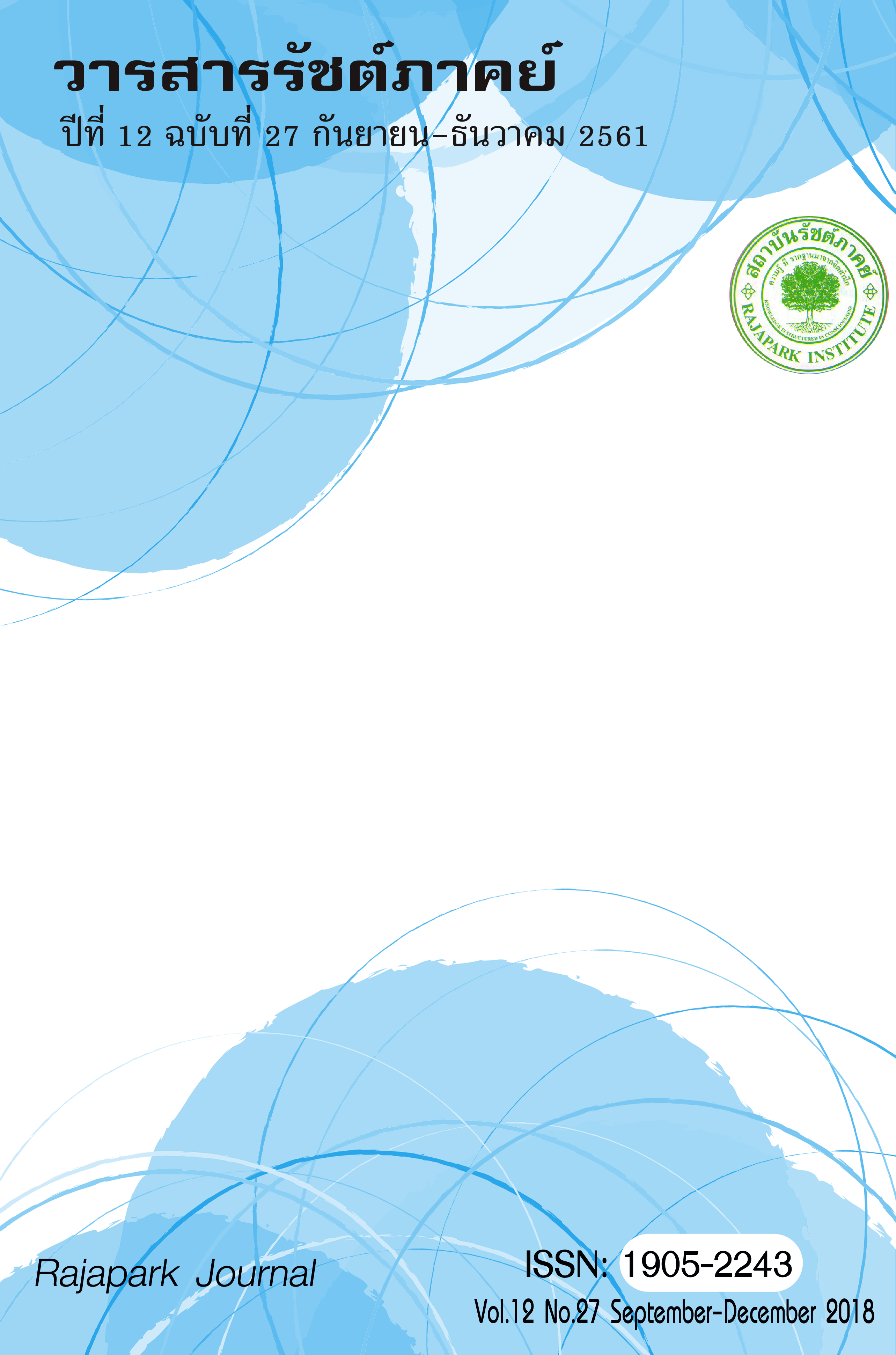A MODEL OF THAI BUDDHIST MONKS ROLE DEVELOPMENT IN 21ST CENTURY
Main Article Content
Abstract
This research aimed (1) to study the role of Thai monks in the 21st century; (2) to study factors influencing to the role of Thai monks in the 21st century; and (3) to establish and confirm the development model of the role of Thai monks in the 21st century. This research was held at Sangha Administrative Region 11 consisting of Chaiyaphum, Nakhon Ratchasima, Buriram and Surin. The samples were 393 monks consisting of Provincial Sangkha Head, District Sangkha Head, Sub-district Sangkha Head, Abbot and Vice-Abbot. The target population for criticizing the model was 21 Sangkhas. The instruments were the rating scale questionnaire and brain storming questions. Data was analyzed by descriptive statistics, and multiple regression analysis. The qualitative data was analyzed by content analysis. The research results were found as follows: (1) the role of Thai monks in the 21st century in overall and in each aspect were at moderate level, ranking mean from highest to lowest accordingly: Spiritual Leadership Role, Symbolic leadership role, the missionaries role, social development role, and leadership role in Buddhism, respectively; (2) there were 7 factors influencing the role of Thai monks in the 21st century which were the inspirational creation, the trust, the talented management, the intellectual stimulation, the result-based management (RBM), the goals setting, and the shared objectives
With the correlation coefficient at 0.796. Those variables could together explain the variation of the role of Thai monks in the 21st century at 63.40% (R2 = .634); and (3) the development model of Thai monks’ roles in the 21st century were consisted of: motivational development, intellectual stimulation development, trust development, goals setting and shared objectives development, talented management development, and the result-based management (RBM) development. This model was appropriate at a high level (= 4.13, SD = 0.34).
Article Details
Views and opinions appearing in the Journal it is the responsibility of the author of the article, and does not constitute the view and responsibility of the editorial team.


